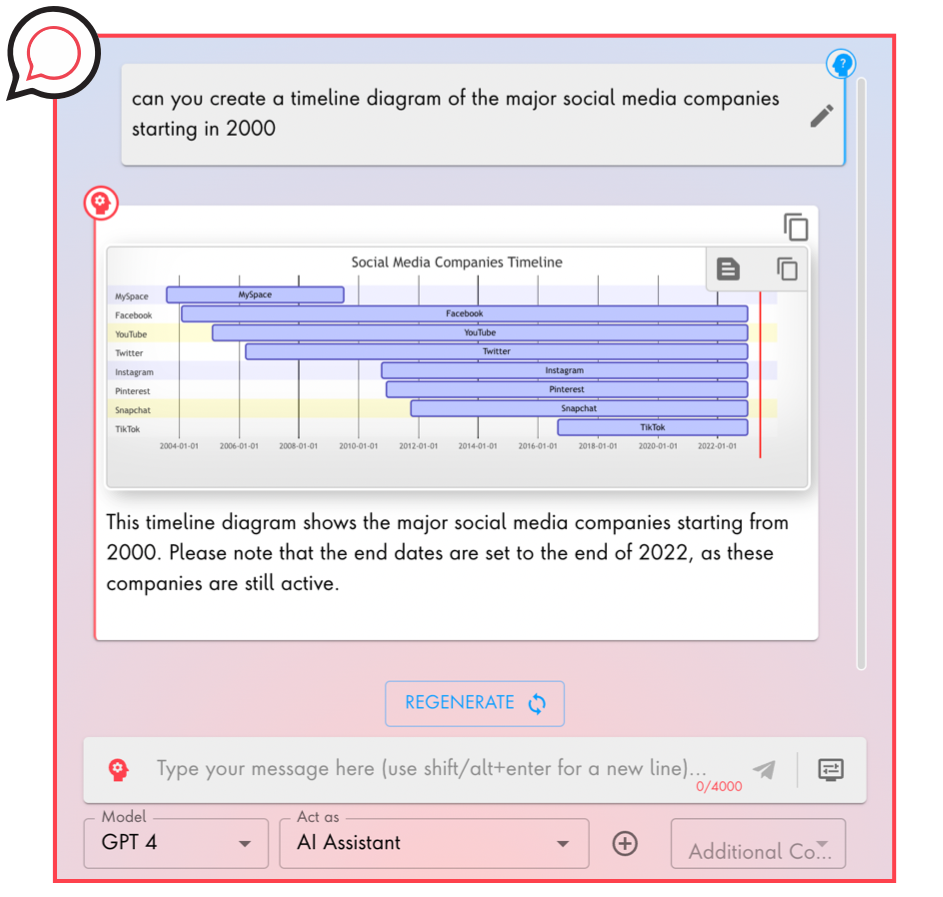As employees across industries begin to experiment with generative artificial intelligence (AI), many companies are wondering how to make AI tools more efficient for internal use cases without compromising sensitive data.
Anyone in the world can use open-source chatbots like ChatGPT. But the next era of generative AI assistants will be more customized, featuring exclusive tools that aid internal ways of working and answer questions with rich contextual knowledge.
We sat down with Rakesh Ravuri, Publicis Sapient CTO, to discuss our unique approach to building and implementing a proprietary generative AI assistant: PSChat.







